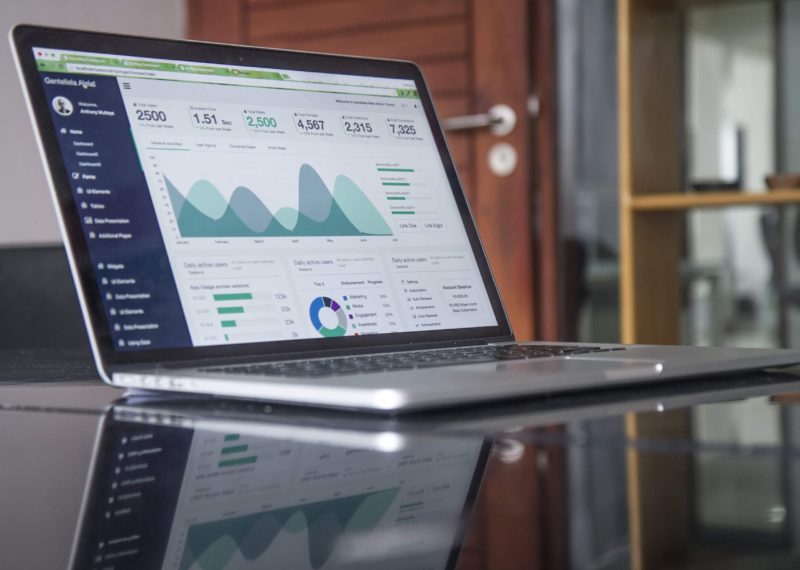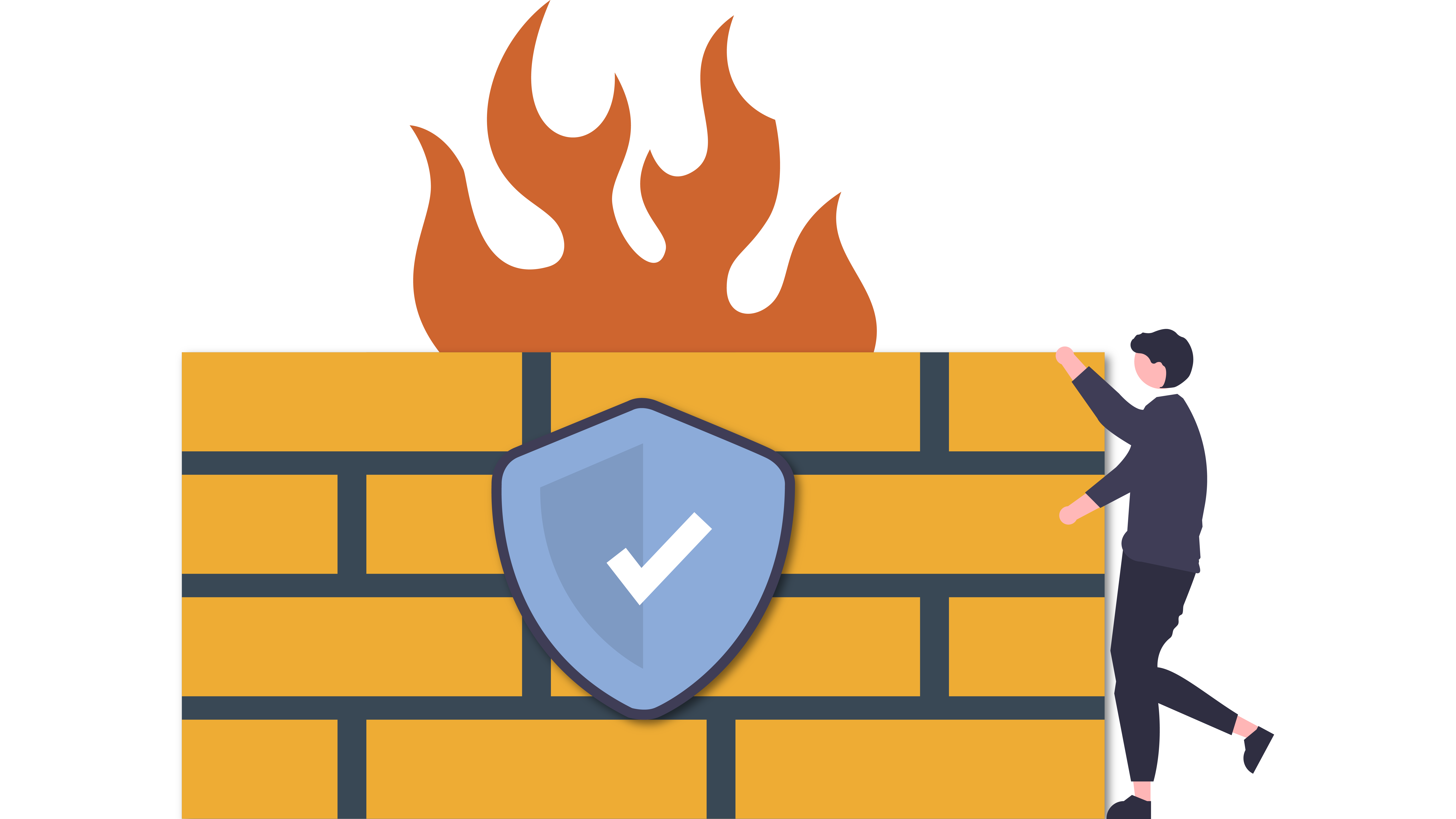
In recent years, technology has all but upended every other core business tool in terms of importance and immediate impact. Spurred by well-publicised case studies and compelling statistics, enterprise tech is quickly overshadowing the more traditional strategic priorities.
Naturally, this has caused friction between Chief Information Officers and their financial counterparts, Chief Financial Officers. Indeed, every CIO has had to face the CFO at one time or another concerning a major technology procurement decision. The CFOs seem to think “IT always shows up, spouts unintelligible jargon and then asks for huge lumps of cash which aren’t budgeted for”. And the CIOs seem to think “Without technology, we fall behind and aren’t as efficient, why does finance not understand this?!”
While this argument is not going away in a hurry, it’s important to note that the technology decision itself is just one component to consider. Increasingly, how businesses choose to pay for it is becoming an additional (and critical) factor.
CAPEX vs. OPEX
To begin with, there needs to be a clear separation between capital expenditure and operational expenditure. Simply put, capital expenditure tends to be major investments in goods, which show up on the balance sheet and are depreciated over the life of the asset. This depreciation, for IT equipment, is typically reflected over three years. On the other hand, operating expenditure shows up on the monthly management accounts as an expense and often doesn’t result in an asset which the business owns.
Arguably, in today’s disruptive and fast-paced environment, operating expenses are better suited for organisations anticipating rapid growth or changes in technology requirements. Being stuck with an asset which might be out of date in 12 months has changed the way businesses approach depreciation and purchasing decisions.
Bernard Golden, a columnist for CIO.com, sums it up perfectly: “Once you have purchased a capital good, you’re stuck with it, as anyone who has purchased a car understands; even if you’re no longer excited about owning it, the finance company still expects a monthly payment. By contrast, if you rent a car, you are committed to it only if you want to use it – and once you’ve paid for that use, you have no further financial obligation.”
Assessing your needs
With this point in mind, the decision to select OPEX over CAPEX (or vice versa) as a way of defining technology spend should be based on a better understanding of the role of capital expenditure within your business but also the role (and expected life) of the item, software or service you are considering.
Additionally, you’ll want to consider the cost of maintenance and support. If, for example, you are considering a Network-Attached Storage Device which is essentially a box of hard drives you can dump data to, then support and maintenance will be minimal and CAPEX might be the right decision. If on the other hand, you are considering a Mail Server which is going to need constant changes, updates and support then you are probably better off ‘renting’ a mail solution like Google Mail or Microsofts Office 365. Most of the support costs disappear, updates are automatic and you can make changes yourself using simple web control panels.
From a financial perspective, it used to be easy to decide on CAPEX vs OPEX. It was simply a matter of how much cash was on hand and how much deprecation you wanted (or didn’t want) to put through the accounts going forward. Nowadays, for IT specifically, this decision is not so straightforward and the CIO and CFO need to understand each other’s arguments in detail.
Practical examples
Take, for example, an on-premise server room. For bigger businesses this always meant a dedicated, secure room which contained all the core IT hardware; For smaller businesses, it could have simply meant a spare office which also stored files and spare furniture. In any event, this has always been mostly a capital expense since it included the major purchase of a server(s), racks, UPS’s and backup hardware, as well as all the associated software and extras like air-conditioners and fire suppression. Besides there were also operating expenses: power, floor space (rental), ongoing maintenance and support.
Conversely, a server ‘room’ hosted in the Cloud typically does not require any major initial investments – as all of the hardware, software and extras are owned and managed by the provider. So not only are you clear of the capital expenditure, but you get to eliminate the operating expenses associated with maintaining a data centre too.
Hang on, it’s not that simple…
The above example is an easy one, but might not be so practical to your business. Maybe you have so much data the cost of storing it elsewhere and the time taken to upload and download means the Cloud isn’t possible. Maybe you have complicated permission systems which can only be run from a server physically in your office. These are some of the examples where a hybrid approach can work. Both ‘hybrid’ in the IT sense, meaning some of your services are in the Cloud and some are in your office, but also ‘hybrid’ in the financial sense because you might purchase some aspects of your infrastructure outright but rent the rest. You could even have all of your hardware located within your office but rent it from a provider who owns it, maintains and supports it. Or you could rent space at a hosting provider and own the hardware stored there!
These solutions could all provide the right infrastructure or service for your needs and at a predictable monthly fee, meaning the CIO and CFO are both happy.
So what’s the right approach for you?
In summary, and certainly not exhaustively, here are some aspects to consider:
- Which technology tools and applications are necessary (or desirable) for your business needs?
- Can they be Cloud-based?
- What is your organisation’s cash position over the expected life of the tool or application?
- Or is the tool or application something you will need indefinitely?
- Are there more productive aspects of your business where you could spend CAPEX?
- Does your industry have any standards or regulations which require you to own and control your data?



